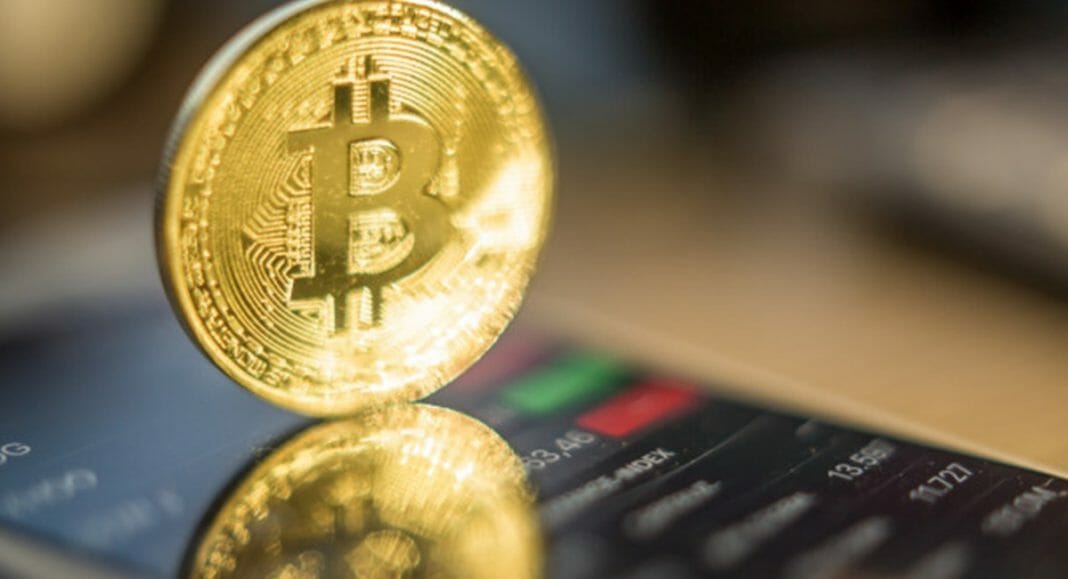While not everyone is a fan of Bitcoin even its staunchest critics would be hard-pressed to deny its growing influence. One estimate from CryptoSlate predicts that the cryptocurrency industry will enjoy an adoption curve comparable to Online and cell phones, which in theory would give it 1.2 billion potential users by 2025. And, of course, Bitcoin was the first cryptocurrency of all and remains the most well-known.
However, there will naturally be hurdles on the road to widespread acceptance of cryptocurrencies. Even if the entire month of May was one of those bumps, Bitcoin true believers will not be dissuaded from preparing for a “moon in June” crypto comeback.
The Bitcoin Crash Was not Necessarily about Bitcoin
Some traders may be hesitant to buy Bitcoin in June because it had its first monthly decline of 2023 in May. Anyone harboring fantasies that Bitcoin would surpass $30,000 last month was no doubt disappointed as the token lost 4% of its value.
However, although the fallout from the FTX collapse may have lingered into May, the main culprit for Bitcoin’s price pullback was most likely the financial market’s basic malaise in the face of macro-level uncertainty. Between the looming deadline to negotiate the debt ceiling and recession anxiety based on 10 consecutive federal funds rate hikes since March of last year, investors had no shortage of excuses to dump their high-risk holdings, and cryptocurrencies certainly rank among the riskiest assets. classes.
Besides, as the old saying goes, trees don’t grow straight up to the sky. After going from $16,600 in early January to $29,000 at the end of April, it was not only understandable but actually healthy for Bitcoin to return 4% of its gains in one month.
Adoption will Be the Key to Bitcoin’s Future
There is no guarantee that Bitcoin will expand in June, but May’s drop means you can initiate a position or add to an existing one while Bitcoin takes a breather. In the long run, you may end up regretting not buying Bitcoin this summer, as the adoption curve could rise rapidly before 2023 is in the rearview mirror.
To look at what the future of cryptocurrencies in the U.S. may be, I invite you to look beyond our borders. In Laos, for example, the government openly supports a digital transformation strategy that includes blockchain. Meanwhile, a senior official at India’s central bank urged Indian bank managers to “embrace innovative technologies like AI and blockchain.”
Returning to the U.S., a March Blockchain News article quoted former White House Chief of Staff Mick Mulvaney as saying that he expects Congress to provide “meaningful blockchain/crypto legislation,” perhaps even sometime this year. I’ll stick to his knowledge as a member of the government, though I suspect the wheels of progress will continue to turn slowly on Capitol Hill.
At least U.S. cryptocurrency miners managed to avoid an appreciable proposed excise tax. The White House debt ceiling deal proposal had included a crypto tax, but that was not included in the remaining bill. So, for the time being, progress on U.S. regulation of cryptocurrencies may mean not making things worse for the market. That’s just as well since Bitcoin is a worldwide asset. Even if the U.S. delays accepting cryptocurrencies through 2023, other nations may pick up the slack and respect the blockchain.
By Marina Meza











